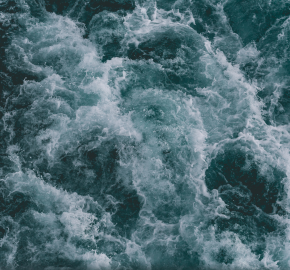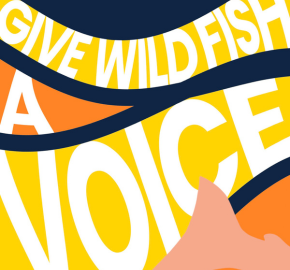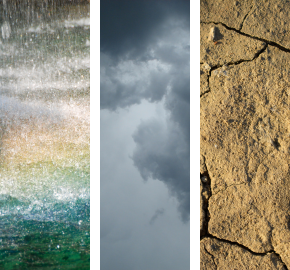The Impact of invasive species on the aquatic environment
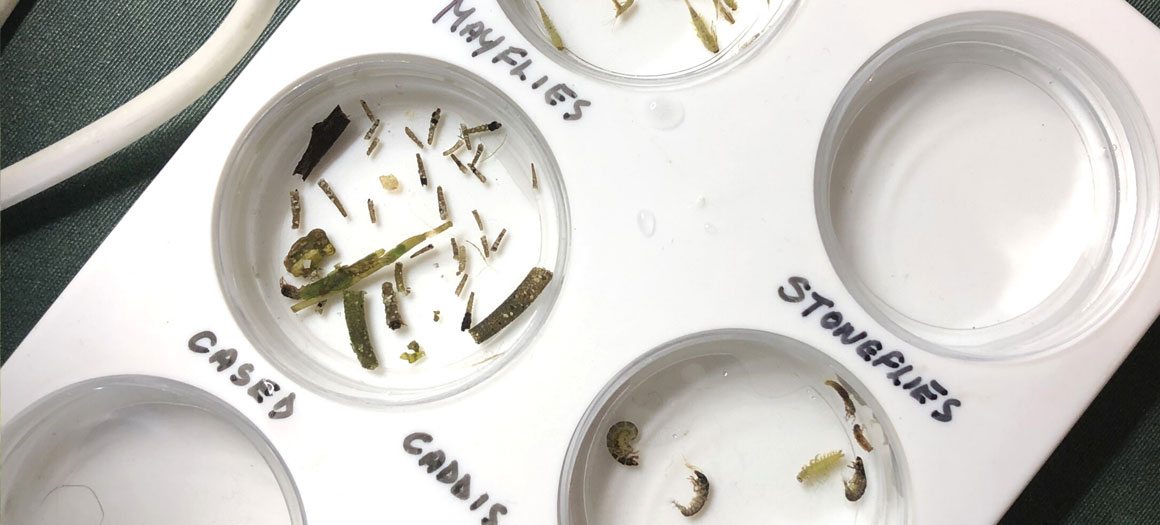
Over 2,000 plants and animals have been introduced to Britain from all over the world. Most are harmless, but 10-15% spread and become invasive non-native species [1]. Nearly one fifth of the Earth’s surface is at risk of plant and animal invasions, with serious consequences for the environment [2].
WHAT ARE THE ENVIRONMENTAL IMPACTS?
The UK is one of the most nature-depleted countries on the planet, with invasive species a primary driver of that decline. Invasives can decimate native populations through resource competition, disease transmission and even predation. Many invaders change the habitat around them, making conditions unsuitable for native plants and animals to live.
A well-known example of this is Himalayan Balsam. Found along riverbanks, this invasive plant thrives and regularly out-competes other native aquatic vegetation, reducing riverbanks to monocultures rather than rich biodiverse environments. Dense thickets of Himalayan Balsam can impede water flow, as well as leaving riverbanks vulnerable to erosion when dieback occurs over winter. These increased silt inputs degrade habitat for invertebrates and spawning fish.
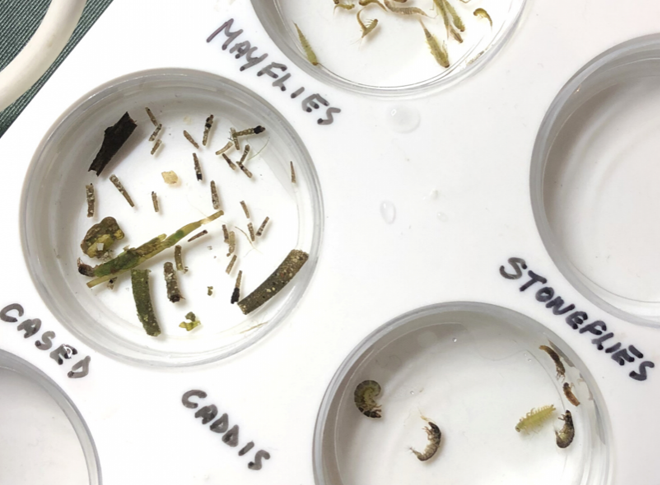
A STRAIN ON THE ECONOMY
Invasive species cost the UK at least £2 billion every year, with widespread impacts across multiple sectors [3].
They can damage buildings and infrastructure, by changing erosion patterns and increasing flooding. Their activity also hinders material and food production.
The cost of eradicating or controlling invasive species to minimise their impacts is also considerable. In 2010 it was estimated that the American signal crayfish (introduced to the UK in the 1970’s) alone cost Great Britain £2,689,000 (report here).
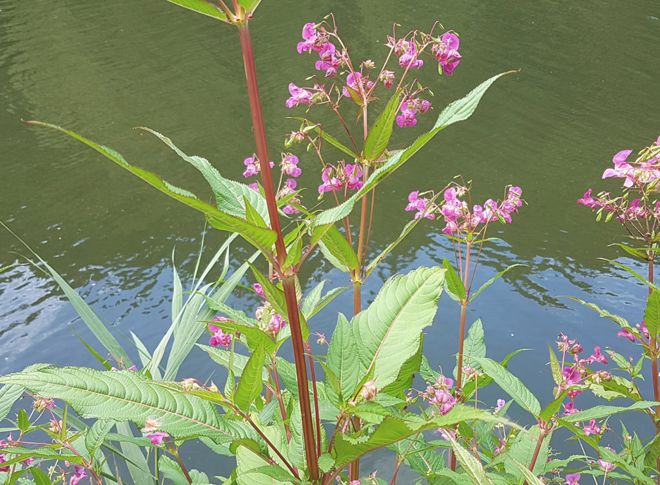
WHAT CAN YOU DO?
The problem of spreading invasive species is demonstrably intensifying in the UK across terrestrial, freshwater and marine habitats. Climate change is a major compounding factor, with warmer conditions and ecological disruption helping new species to establish more easily.
We can all do our bit to help prevent the spread of invasive non-native species. Some of the ways we can do this are:
- Keep any boats, clothing, footwear and equipment used in water free of invasive non-native species and remember to ‘Check Clean Dry’ (a UK wide initiative to prevent the spread of non-native invasive species) after use.
- Be Plant Wise and don’t let your pond or aquarium plants enter the wild.
- Become a citizen scientist! If you’re part of a local river group, consider setting up a SmartRivers hub to monitor water quality and keep watch for invasive species in your river.
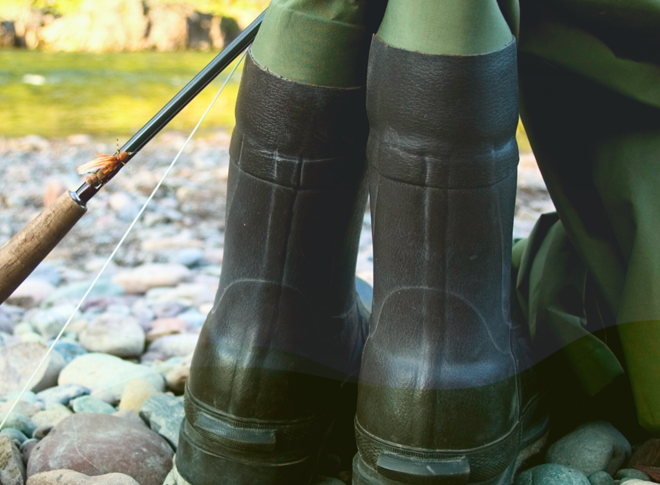
References
[1] https://aphascience.blog.gov.uk/2021/05/24/invasive-species-week-2021/
[3]https://www.wcl.org.uk/assets/uploads/img/files/Prevention_is_Better_than_Cure_Report_2020_1.pdf

